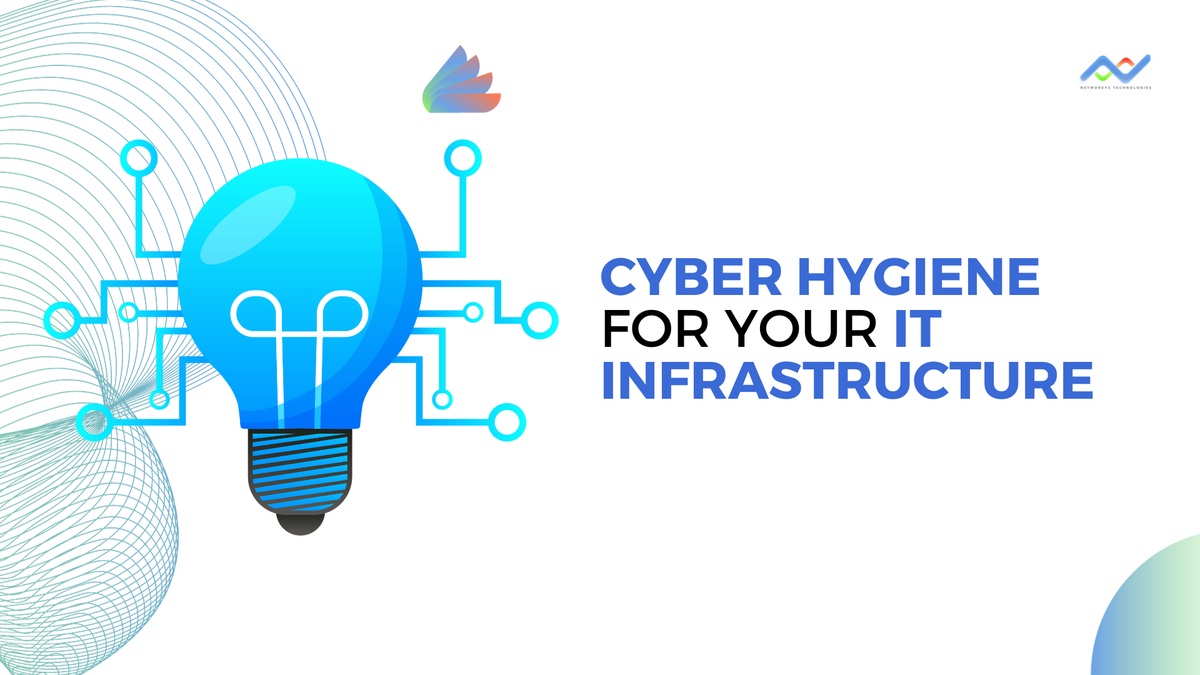In the fast-paced, hyper-connected world we live in today, the constant evolution of technology brings forth unprecedented opportunities and conveniences. However, with this digital age also comes the looming threat of cyberattacks. Malicious actors are always on the prowl, seeking to exploit vulnerabilities and compromise sensitive data. The good news? Conducting good cyber hygiene can thwart attacks — the foundational security measures that keep your digital castle walls strong.
This comprehensive guide aims to delve into the essential principles of cyber hygiene, equipping you with the knowledge and practical strategies to fortify your online defences. So, buckle up as we embark on a journey to understand and master the art of cyber hygiene.
What is Cyber Hygiene?
Definition and Analogy
Cyber hygiene is the proactive approach to maintaining good digital health. It involves adopting secure habits and implementing essential security controls. Think of it as the digital equivalent of brushing your teeth and washing your hands. Just as you wouldn't venture out with unkempt teeth and dirty hands, navigating the online world without practising basic cyber hygiene leaves you vulnerable to various digital ailments.
The Five Pillars of Cyber Hygiene
- Patching & Updates
Unpatched software vulnerabilities are akin to leaving gaping holes in your digital defences. The solution? Regularly install updates and patches for your operating systems, applications, and firmware. Automating updates is critical to staying ahead of the curve and ensuring known exploits are addressed promptly.
- Password Management
Weak passwords are equivalent to leaving your front door open for intruders. To counter this, implement solid and unique passwords for each account. Consider using a password manager to ensure complexity and avoid reuse. Additionally, enable multi-factor authentication (MFA) for an extra layer of security wherever possible.
- Secure Access & Permissions
Limiting access to sensitive data and systems to authorized individuals is crucial. Implement the principle of least privilege, granting the minimum level of access required to perform specific tasks. Regularly monitor user activity and revoke access when it is no longer needed.
- Phishing Awareness & Defense
Phishing scams are pervasive and aim to trick individuals into revealing sensitive information by posing as legitimate entities. Train yourself and your employees to identify phishing attempts. Be wary of suspicious emails, links, and attachments, and never share personal or financial information through unsolicited channels.
- Backup & Recovery
Even with rigorous precautions, cyberattacks can occur. A robust backup and recovery plan ensures that you can swiftly restore your systems and data in the event of an incident. Regularly testing your backups is crucial to ensuring their functionality and minimizing downtime in case of a disaster.
Bonus Tips for Enhanced Cyber Hygiene
- Use Antivirus and Anti-Malware Software
Keeping your systems protected requires active and updated security solutions. Invest in reputable antivirus and anti-malware software to add a layer of defence against evolving threats.
- Beware of Public Wi-Fi
Avoid sharing sensitive data on unsecured public networks. Opt for a Virtual Private Network (VPN) to encrypt your internet connection and enhance protection against potential threats on public Wi-Fi.
- Be Mindful of Social Media
Limit your online personal information and exercise caution when connecting with strangers. Cybercriminals often exploit the news on social media platforms, making it crucial to be mindful of what you disclose.
- Stay Informed About Cyber Threats
Regularly update your knowledge about current cybersecurity threats and best practices. Staying informed enables you to adapt your cyber hygiene practices to the evolving landscape of digital threats.
Consequences of Poor Cyber Hygiene
Neglecting cyber hygiene can have severe consequences that reverberate across various aspects of your digital life and business.
- Data Breaches
The loss of sensitive information, such as financial data, personally identifiable information (PII), and intellectual property, can have far-reaching consequences.
- System Downtime
Compromised systems can lead to disruptions in operations and financial losses due to downtime. The impact on productivity and revenue can be substantial.
- Reputational Damage
Poor cyber hygiene can result in a loss of trust from customers and clients, leading to reputational damage. Additionally, there may be potential legal ramifications, significantly, if sensitive customer information is compromised.
Conclusion
In conclusion, implementing cyber hygiene is not a one-time endeavour; it's an ongoing process. By incorporating these practices into your daily routine and making them a part of your organizational culture, you can significantly reduce the risk of cyberattacks and safeguard your valuable data and systems. Remember, good cyber hygiene is not just about technology but about awareness, vigilance, and responsibility for your digital security.
As we navigate this ever-evolving digital landscape, mastering cyber hygiene becomes paramount. Consider it an investment in the longevity and resilience of your digital presence — a proactive measure against the pervasive threats that lurk in the shadows of the online world. So, fortify your digital castle with the knowledge and practices outlined in this comprehensive guide, and let cyber hygiene be the shield that guards your realm against the perils of the digital frontier.


No comments yet